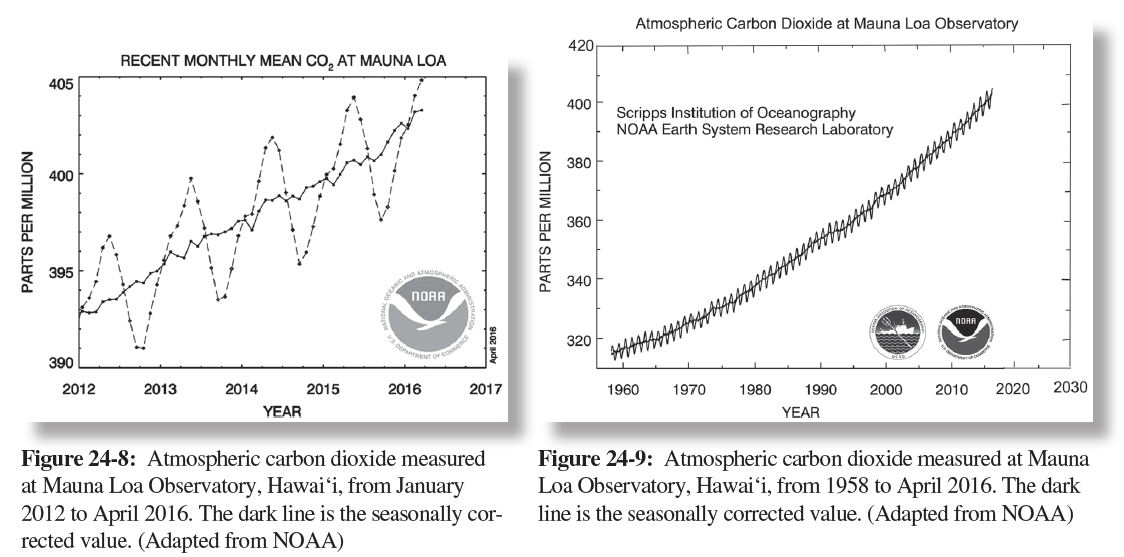Which of the following is true?
A) Both competitive and noncompetitive inhibition are never reversible.
B) Both competitive and noncompetitive inhibition are sometimes reversible.
C) Only competitive inhibition is sometimes reversible.
D) Only noncompetitive inhibition is sometimes reversible.
B
You might also like to view...
If energy prices were kept artificially high,
A. energy efficiency would be discouraged. B. dependence on imported energy sources would increase. C. the use of non-renewable energy resources in the future would decline. D. nuclear power would be the most reasonable choice. E. there would be no need for government subsidies.
Notice that the concentration of CO2 in the atmosphere reaches its highest point at the same time each year. What explains the timing of the annual fluctuation in CO2? (Hint: Think about the process of photosynthesis and plant respiration, and the locations of large forests on Earth.)
The question is based on Figures 24-8 and 24-9, charts showing the change in atmospheric carbon dioxide measured at the Mauna Loa Observatory in Hawai‘i, from 1958 to April 2016.

What will be an ideal response?
Which of the following occurs in the proximal tubule?
A. Urine is collected. B. Blood pressure pushes fluid out of the capillaries. C. Glucose is transported from the blood into the filtrate. D. Certain amino acids are transported from the filtrate to the blood.
Burial or long-term storage of hazardous waste is the first priority for environmental scientists.
Answer the following statement true (T) or false (F)